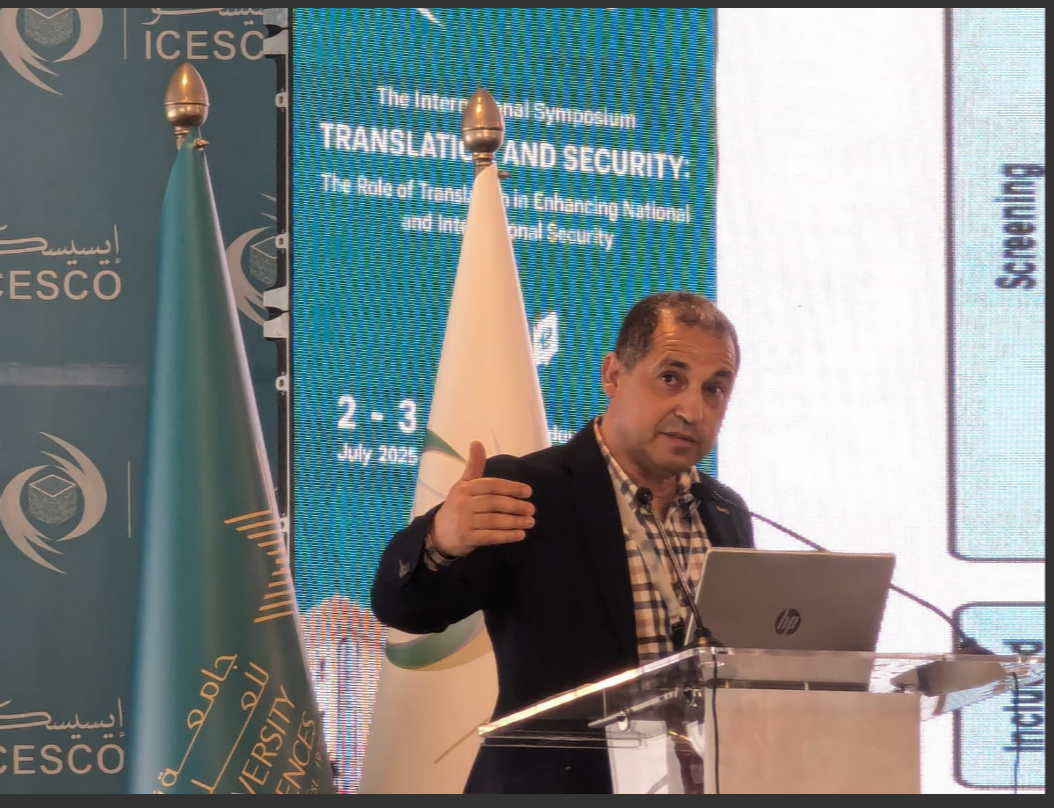The concepts of translator
identity and ’agency’ has been an ongoing debate in the literature about
translator training in higher education. A closer look at the history of
translation practice would show us that the image that society has given
translators remained the same: a bunch of underestimated group, all they do is
to ''transfer'' other people’s creative work and get paid for that. No
significant social status has been given or else. The editors have been (and
still) not putting the name of the translator or reviser on the cover of the book. The latter gets published under the name of the publishing house and no sign of the original translators' name.
However,
whose fault is this? The institutions? No!. Society? No!
It is the
community of translators themselves who are responsible for their degrading
value. Nowadays, with the globalization and Internet use, things are getting
worse. Everybody is translating! Every bilingual or anyone claiming competence
in two languages involves in translation...that is where it starts! In my
opinion the lack of proper training at an institutional level (universities
mainly) contributed to this identity crisis that lets pirates and industry
hyenas seize opportunities to downplay the role of translators and pay peanuts
for translations. If those translators were educated about the ethics and value
of practicing this honorable and ancient profession, we would have seen
ourselves looked at like Lawyers, Engineers and Doctors.
But, what
type of learning material and contents we need to enhance that type of lifelong
abilities?
Answer:
review and update the curriculum as well as the pedagogy of teaching the subject
(Translation). For instance, embedding a sound pedagogy (like narrative
pedagogy and using multimedia) to teach the history of translation in a dynamic
way via focusing on true stories or biographies about our ancient colleagues (Arabs, Muslims or
Europeans) to allow students to identify with these people and build their self
concept as future translators to be. At least they will have something to be
proud of, and this would give them '' face validity'' not only for their
profession but also for the course or program they are in. A program that has a face validity means that students 'know' that they are studying what the course / the program is about, because it leads (for sure) to a clear objective. Also, recent graduates or other working professionals should be invited toc lasses or virtually to update our students of the realities of the workplace and the market at large...sharing their experiences and stories would certainly help trainees to develop new identities or seek to develop one. Also, brining in language serve employers or providers can also add value to the program and provide students with desire to continue training and build a 'can do' attitude .
We believe that a historical background is of
great importance to the future professional translator to enhance his/her
status and be conscious of heritage of the discipline he /she has chosen to
engage in. Also ,teaching or learning the history of translation by both
translator trainees and practicing translators is a crucial step into building
professional translation aptitude since ‘ they develop a self concept as
translators working in a specific historical situation’ like their fellow
colleagues did over the ages . Brian Mossop (2003:49). In addition to the historical elements, modern day alignment with what the market needs and the translation market status and requirements are also key factors to enhance in a training or education program in a university context. There should be an ongoing narrative starting form the past up to the present top enhance that self concept.
The importance of theory is another factor
I may add. In this
regard Ulrich (1996: 257) stipulates that:
“Members of all professions have a
historical and theoretical component to their expertise. It is only against a
theoretical background of translation that effective decision making and
production can take place (…) the problem arises, therefore, of how to
integrate a course on translation theory within the curriculum.”
Despite the negative attitude from the
industry of translation towards theory, we, at the university should embed it
and teach it intelligently to allow our students to be ethically responsible
and aware of who they are. It is important that they will be agents of their
own learning and decisions and depict the moral dimension of their
professional activities once they are in the market place working .Certainly the industry
tries to implant their industrial model which started since the 18th century, but in a
university context we need only to court the industry and choose what is best for
the students, for their psychological, social and personal development.
Critical thinking is a virtue that is not privileged by industry. The latter
wants students who have skills, but disinterested in their lifelong abilities
and competencies. Providing such type of education could perhaps cure the
disease of the long standing IDENTITY CRISIS for translators.
In terms of pedagogy, There should be mentoring , project work, case based as well as problem based methods imbedded in the approach of teaching (teaching philosophy). The teaching method that focuses on the apprenticeship principles should not be applied after the 1st year of an undergraduate program in translation. Dynamic methods implants confidence, self esteem and self concept. Still, the question remains where is teachers' abilities and competencies stand in this equation? . Hence, we are left with not only reviewing products (contents) or processes ( teaching/learning) but also human resources
( teachers/faculty and students alike). To review their knowledge frameworks(beliefs) and learning/teaching styles as well as characteristics.
Fouad

